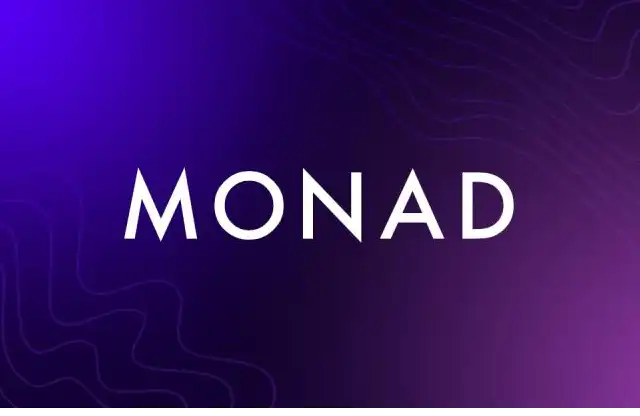Cardano treasury allocates $71m in ADA for protocol enhancements
Cardano community members have approved a $71 million funding proposal to support a year-long upgrade plan by core developer Input Output Engineering.
- Cardano community has approved a $71 million proposal to fund a 12-month upgrade plan led by Input Output Engineering.
- The 96 million ADA will be disbursed from the treasury on a milestone basis with oversight from Intersect.
According to data from Cardano network explorer AdaStat, the proposal passed with 74% support, securing 200 votes in favor, six against, and seven abstentions.
The funding will be disbursed from the network’s on-chain treasury, marking the first time that core protocol development has received direct financial backing through Cardano’s decentralized governance system.
What does the proposal mean for Cardano?
The 12-month roadmap , developed by IOE and aligned with previously ratified community priorities, focuses on three central goals: scalability, developer experience, and interoperability.
The proposal outlines a comprehensive development cycle that includes major protocol enhancements and foundational improvements to Cardano’s architecture.
Among the headline upgrades is Ouroboros Leios, a performance-boosting evolution of Cardano’s consensus protocol that seeks to increase transaction throughput without compromising decentralization or security.
IOE will also continue advancing Hydra , Cardano’s layer-2 scaling solution designed for real-time, low-cost microtransactions, and Mithril, a multi-signature aggregation protocol that reduces bootstrap times and enables lightweight clients.
The roadmap also features Nested Transactions, which lay the groundwork for more advanced smart contracts and seamless interoperability across different blockchains.
Developers will also continue work on Project Acropolis, a key architectural overhaul that will restructure the Cardano node into modular components to simplify the onboarding process for new core developers and improve long-term maintainability of the network.
Further improvements will target faster sync times, lower RAM usage, and operational cost reductions for stake pool operators. These changes are expected to make the Cardano network more efficient, accessible, and resilient for both developers and end-users.
How will the funding be released and monitored?
The approved funds, totaling 96 million ADA, will be distributed on a milestone-based schedule.
Independent oversight will be conducted by Intersect, a Cardano member-based organization acting as the administrator.
Payments will be unlocked only after verifiable delivery of defined technical objectives, with oversight conducted via smart contracts and a dedicated supervisory committee.
In addition, IOE has committed to transparency and reporting. The team must publish monthly updates, engineering timesheets, and quarterly budget breakdowns to ensure the community remains informed at each stage of delivery.
Further, external vendors from the Cardano Developer Ecosystem Coalition will also participate in the development process, helping foster decentralization by onboarding new contributors.
ADA price surges
ADA, Cardano’s native cryptocurrency, reversed a multi-week downtrend following the approval of the funding proposal, climbing over 8% from recent lows. At the time of writing, ADA was trading at $0.7357, up nearly 3% in the past 24 hours.
Analysts at crypto.news suggests ADA could extend its rally in the coming days.
Disclaimer: The content of this article solely reflects the author's opinion and does not represent the platform in any capacity. This article is not intended to serve as a reference for making investment decisions.
You may also like
Bitcoin wavers under $88K as traders brace for $14B BTC options expiry

The likelihood of a bitcoin short squeeze to $90,000 increases as funding rates turn negative
After dropping from $106,000 to $80,600, Bitcoin has stabilized and started to rebound, sparking discussions in the market about whether a local bottom has been reached. While whales and retail investors continue to sell, mid-sized holders are accumulating. Negative funding rates suggest a potential short squeeze. Summary generated by Mars AI. The accuracy and completeness of this summary are still being iteratively improved by the Mars AI model.

TGE tonight: A quick look at the ecosystem projects mentioned by Monad on the first day
Including prediction markets, DeFi, and blockchain games.

In-depth Conversation with Sequoia Capital Partner Shaun: Why Does Musk Always Defeat His Rivals?
Shaun not only led the controversial 2019 investment in SpaceX, but is also one of the few investors who truly understands Elon Musk's operational system.

